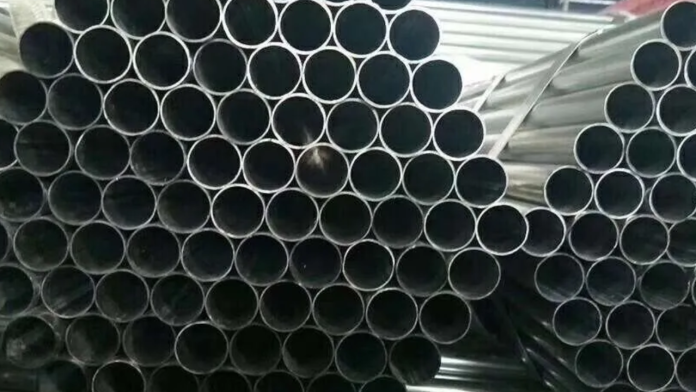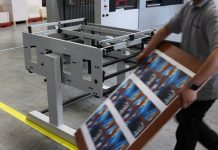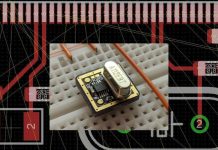A crucial set of regulations governing specifications for fine-grain and non-alloy cold-formed welded structural pipes is the European Norm EN 10219. Its extensive regulations address a wide range of topics, including forms, sizes, delivery terms, and acceptable deviations from form and dimension tolerances.
The regular quality and dependability of these vital structural components—which are necessary for a variety of industrial applications—are guaranteed by this careful control. Ensuring structural integrity and maintaining safety standards are critical functions of en 10219-2, which enhances the dependability and efficiency of infrastructure projects in a variety of industries.
Comprehending European Standard EN 10219: Cold-Formed Welded Structural Pipes
A vital regulatory framework that sets criteria for cold-formed, welded structural pipes made of fine-grain and non-alloy steels is the European Norm EN 10219. These detailed laws include a wide range of aspects, such as sizes, forms, delivery terms, and acceptable deviations from form and dimension tolerances. The consistent quality and dependability of these fundamental structural components—which are necessary for a wide range of industrial applications—are ensured by careful oversight.
Goal and Range
EN 10219 mainly addresses welded pipes used in steel construction and civil engineering projects. This standard establishes strict requirements that are essential for guaranteeing structural integrity while keeping a close eye on safety and dependability. These pipes perform a variety of functions in a range of industries, including process piping, fluid transportation, and the building of gas, oil, and water pipelines.
Sections and Details
The standard is divided into two sections, each of which specifies particulars related to structural pipelines. The purpose of Part 1 is to clarify the technical delivery requirements by outlining essential requirements for manufacturing processes, testing procedures, and certification processes. Part 2, on the other hand, provides comprehensive instructions to guide the fabrication and application of these pipes in a variety of applications by carefully outlining the tolerance levels, dimensions, and sectional properties of these pipes.
Conditions of Technical Delivery (Part 1)
The foundation of technical specifications controlling the delivery circumstances of structural pipes is found in Part 1 of EN 10219. It establishes the necessary conditions to guarantee that strict quality standards are followed throughout the manufacturing process. This section outlines the procedures to ensure the performance and dependability of cold-formed welded structural pipes, starting with the selection of raw materials and ending with the finished product.
Dimensional Specifications and Tolerance(Part 2)
The second part of EN 10219 explores the specifics of sectional characteristics, tolerance levels, and pipe dimensions. This section gives manufacturers and engineers the tools they need to accurately and precisely produce and use these pipes by offering detailed recommendations and specifications. Part 2 offers a comprehensive reference for the manufacturing and application of cold-formed welded structural pipes, covering everything from guaranteeing dimensional correctness to optimizing sectional qualities.
Importance and Effect
In the construction business, EN 10219 is crucial because it acts as a cornerstone for guaranteeing the integrity, performance, and quality of cold-formed welded structural pipes in Europe and beyond. Stakeholders may confidently traverse complex regulatory environments by complying with these strict requirements, and customers can feel secure knowing that structural installations in a variety of industrial contexts are reliable and safe.
Last Thoughts
To sum up, EN 10219 is a key standard in the building sector that offers a strong foundation for the control of structural pipes that are cold-formed and welded. This European Norm guarantees the consistent quality, performance, and integrity of these fundamental structural parts through its rigorous specifications and norms, supporting the safety and dependability of many industrial applications throughout the continent and beyond.














